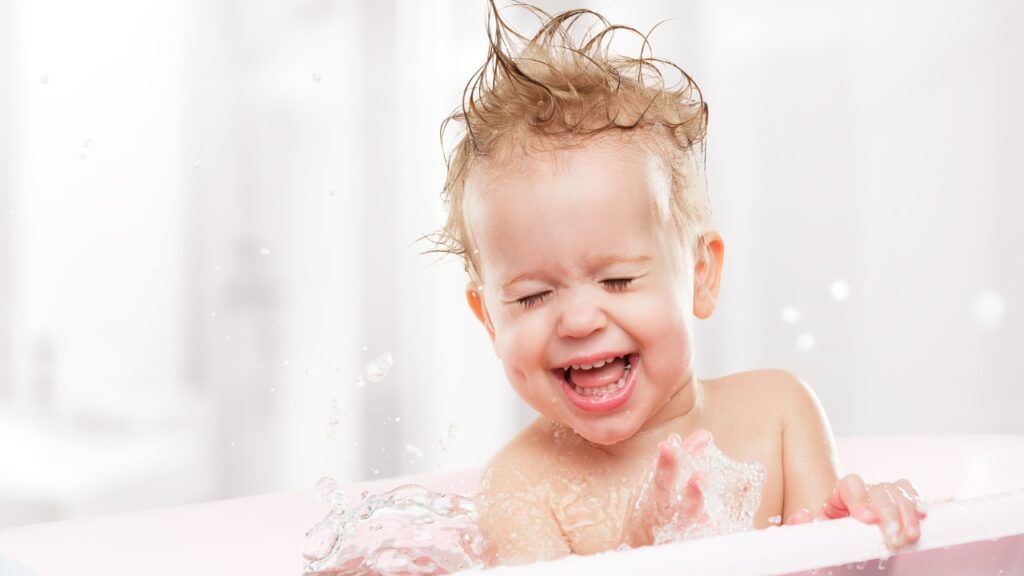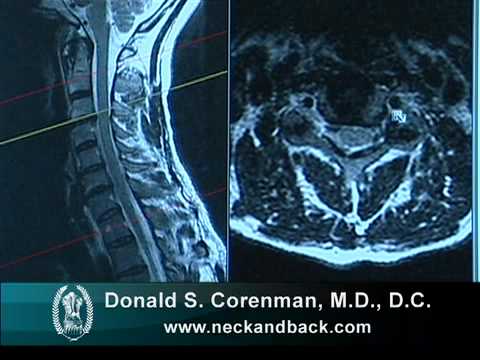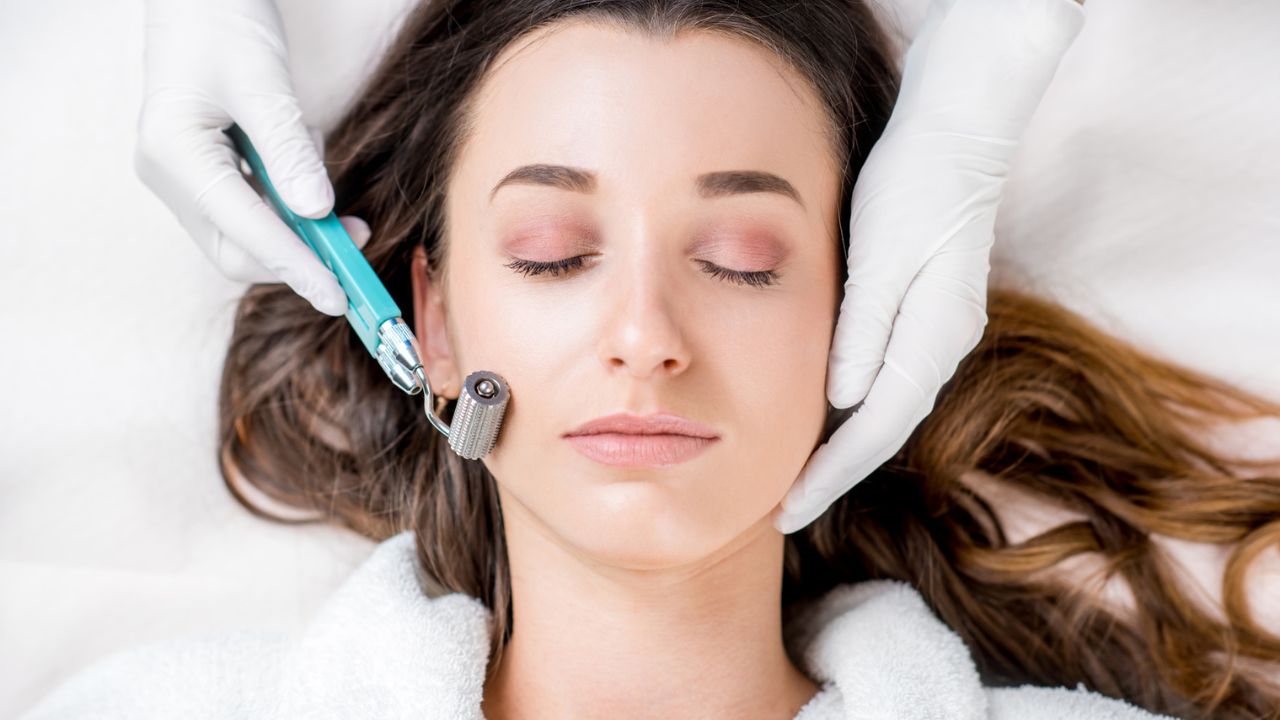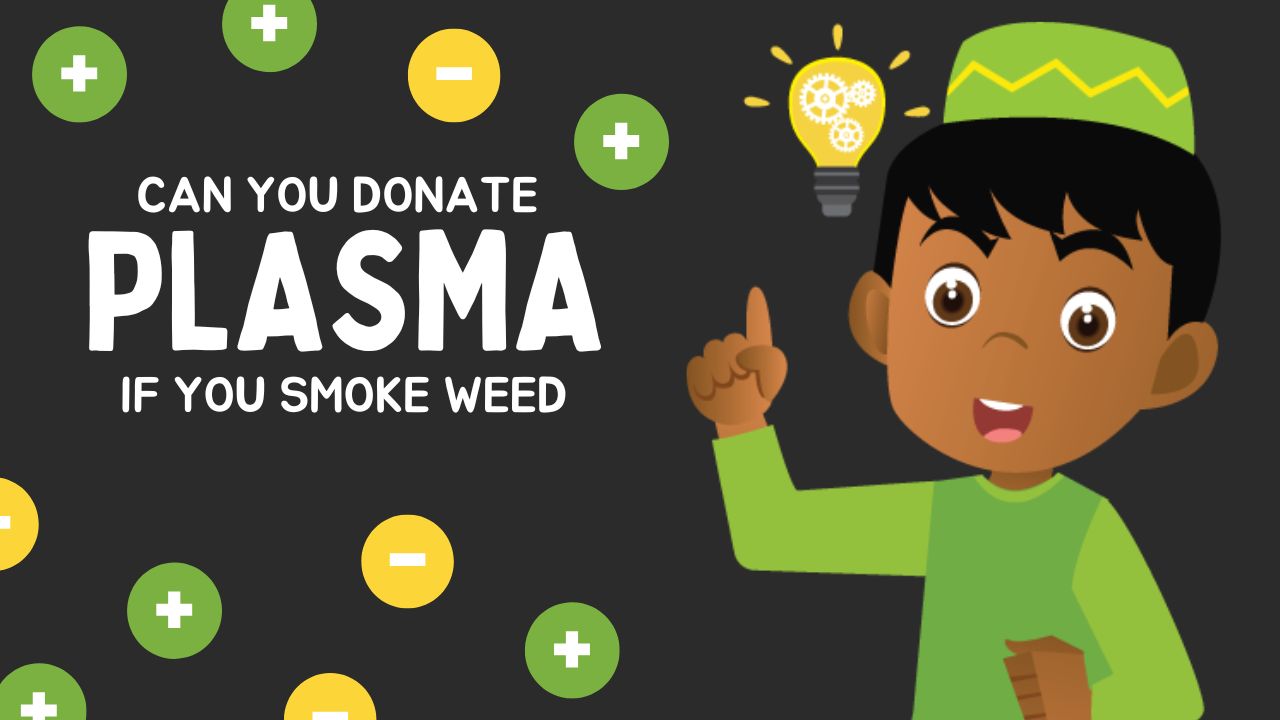Baby’s Hair Washing Guide

Almost every element of bringing a newborn home can feel new and thrilling, and bath time is no exception. Some parents find washing their baby’s hair a bit nerve-wracking, given how small and sensitive new babies are.

This is a normal concern but rest assured, you’re unlikely to damage your baby when washing their hair if you follow some basic precautions to keep them safe and comfortable.
How to wash your baby’s hair for the first time
You can start washing your newborn child’s hair as soon as they are born. Before you leave the hospital, your child will most likely receive a bath, during which time a nurse will clean their hair during the course of the bath.
It is not necessary to wait until you get home from the hospital before you wash your newborn child’s hair. On the other hand, this isn’t a prerequisite. Because your child does not need to have their hair washed every single day, it is okay to take some time to prepare before rushing to give your child a bath as soon as you get home. Your child does not need to have their hair washed every single day.
When should babies be bathed?
The practice of giving one’s baby a bath before bedtime is one that many parents feel compelled to institute. It might come as a surprise to learn that infants need to be washed no more frequently than once or twice a week. Because newborn babies don’t get very dirty and because daily washing with soap can cause their skin to become dry, it is no longer necessary for them to take a bath every day.
It is important to regularly wash your infant’s hair in order to remove any excess oils. You might discover that your infant’s head of hair gets greasy very quickly. This is to be expected. If you notice that your child’s hair needs to be washed more frequently than once every seven days, you can clean their hair in between baths with a washcloth instead of giving them a bath.
Step-by-step instructions
- Find a place where you can wash your child. You may make use of a standard bathtub by adding a baby bath insert to it, a basin, or a clean sink instead.
- Collect all of your supplies. You will need a towel, a washcloth, and shampoo that is suitable for use on babies.
- Warm water should be added to the bathtub. Check the temperature of the water in the bathtub before you put your child in it to make sure it is not too hot. In addition to this, you can check the temperature with a thermometer to make sure it is exactly 100 degrees Fahrenheit.
- Put your infant inside the bathtub. If you intend to give them a full bath later, you should wash their body now. Because having wet hair will cause them to feel chilly, you should hold off on washing their hair until the very end.
- Soak their hair in the water. Pour water over your head from a cup, cup your hands around it, or squeeze a wet washcloth over your head to accomplish this.
- Some shampoo should be added. When you wash your baby’s hair, you should only use a pea-sized amount of baby-friendly shampoo. Rub their head in a circular motion and be careful not to get soap in their eyes as you do so.
- Remove the shampoo with water. It is possible to avoid getting soap into your baby’s eyes by using only a small amount of water at a time and by sweeping the water toward the back of their head with your hand while you are washing your baby. You also have the option of utilizing a washcloth in order to gently remove the soap from your hair.
- Bring your child outside and make sure they are completely dry. After the soap has been thoroughly removed, you can take them out of the bath, quickly towel them off, and dress them.
How do you treat cradle caps?
Cradle cap, also known as infantile seborrhea dermatitis, is a condition that affects a significant number of infants. This condition manifests itself in infants as large flakes of skin that appear on their scalps.
Cradle cap is an extremely common skin condition that poses no health risks. In order to remove the skin flakes that cause cradle caps, washing your infant’s hair is an effective way to combat the condition.
Never use harsh scrubbing motions on your child’s scalp. Always proceed with caution. You can help remove skin flakes caused by the cradle caps by exfoliating the affected area with a gentle scrub brush. It is possible that your infant will benefit from having their hair washed more frequently, such as once every other day, if they have a cradle cap.
How do I wash my baby’s hair?
While some infants adore being in the water, others have no interest in it. If your child does not enjoy getting their hair washed or taking a bath, there are some things you can do to make them feel more at ease during these activities.
It is not necessary to spend a lot of time in the tub. It is recommended that you give your child a bath for no longer than ten minutes at the absolute most. Gather all of your baby’s necessities in advance and work quickly to bathe your child in order to keep bath time to a minimum (while still being careful and mindful, of course).
You can also help make bath time more enjoyable for your baby by giving them a small bath toy and singing a song to them while they are in the tub. Be wary of bath toys that have a well in the center that can collect water because these can develop mold over time.
Tips for bath safety
Accidental wounds are always a possibility when taking a bath. Make sure your baby is protected during bath time by following these steps.
Before putting your baby in the bathtub, you should always make sure it’s full and check the temperature of the water.
Never go away for even a moment while your child is in the tub.
If you want to keep your baby’s skin from becoming dry or their eyes from becoming irritated while you rinse their hair, use only baby-safe shampoo and soap on your child.
Before you put your baby in the water, make sure you have all of the necessary supplies. This reduces the likelihood that you will get up to get something while your child is in the bathtub because it prevents you from getting the urge to leave the room.
Learn cardiopulmonary resuscitation (CPR) for infants so that you are prepared in the event of an unexpected emergency.
While you are giving your child a bath, it is a good idea to have a friend or family member assist you if at all possible. This individual can either bring you supplies if you find that you are in need of something, or they can assist you with the actual bathing process.
After bath time, you should quickly pat your child dry to keep them from becoming uncomfortably chilly.
- Your Ultimate Guide to Travel Insurance for Adventure Sports
- A Guide to Renters Insurance for Pet Owners: Pet-Proof Your Policy
- Safeguard Your Future: Understanding Identity Theft Insurance
- Safeguard Your Event: Understanding Event Cancellation Insurance
- Everything You Need to Know About Critical Illness Insurance Riders
- Home Equity Loans vs. HELOCs: Which is Right for You?












